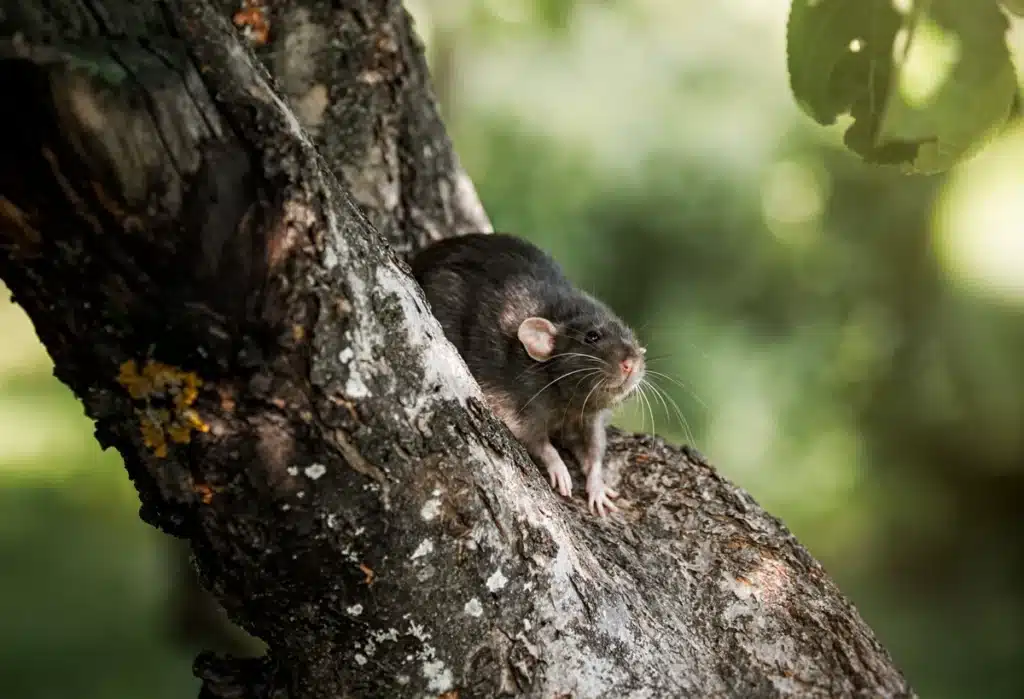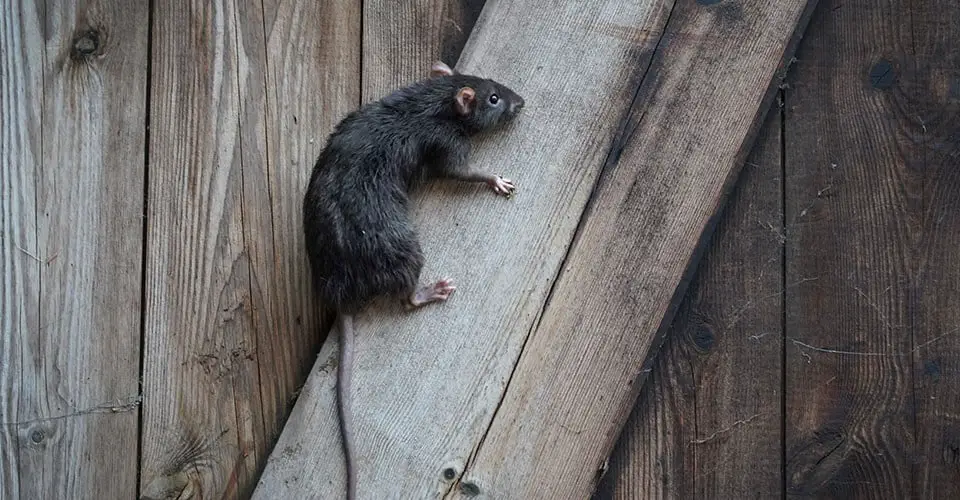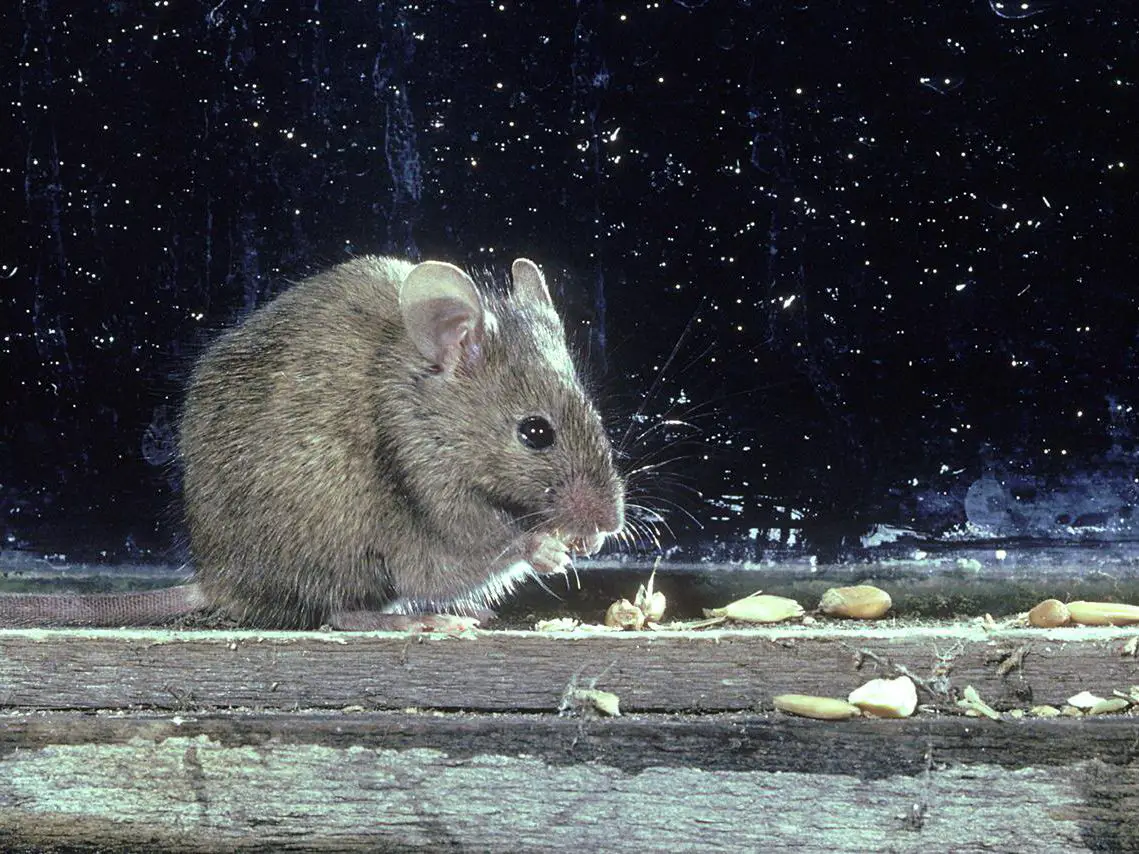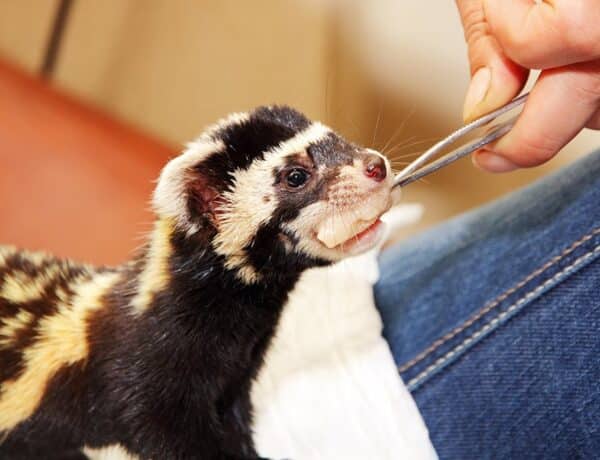Introduction
Can Rats Climb Walls: Rats, those agile and resourceful creatures that often evoke a sense of unease and discomfort, have long been the subject of curiosity and concern. The ability of rats to scale vertical surfaces could mean the difference between keeping them at bay and dealing with an infestation. Rats nocturnal, specifically the common brown rat (Rattus norvegicus) and its close relatives, possess an astonishing array of physical and behavioral adaptations that make them highly successful urban invaders. Their agility, flexibility, and tenacity have allowed them to thrive in a wide range of environments, from the sewers of major cities to the attics of suburban homes. Understanding their climbing abilities requires a closer look at their anatomy.
Their sharp claws, adept at gripping a variety of surfaces, and their strong leg muscles enable them to navigate vertical terrains with surprising ease. Unlike some animals that rely on suction cups or specialized adhesive pads for climbing, rats rely on their natural climbing abilities, making them adaptable to a wide range of surfaces. The fascinating world of rat behavior and physiology, shedding light on the extent of their climbing abilities. We will also examine the implications of these abilities for pest control and building maintenance, as well as the broader context of human-rat interactions in urban environments.
So, let us embark on this journey to unravel the mysteries of whether rats can indeed climb walls and what it means for our coexistence with these resilient rodents. Rats, with their long and storied history of interaction with humans, are among the most resilient and adaptable species on the planet. Their remarkable ability to inhabit a wide range of environments, from rural farmlands to bustling urban centers, has earned them a place of both fascination and concern in our collective consciousness.

How do I stop rats from climbing my walls?
Install guards made of sheet metal or similar materials to prevent rodents from climbing or traveling along a particular route. Guards must be wide enough and positioned appropriately to keep rodents from climbing over or jumping around them. Attach sheet metal bands to walls to prevent climbing by rodents.
Seal Entry Points: Rats are skilled at finding even the tiniest openings. Conduct a thorough inspection of your property to identify potential entry points. Seal cracks, gaps, and holes in your walls, foundation, roof, and vents with materials like steel wool, wire mesh, or cement. Pay special attention to areas where utility lines or pipes enter your home.
Trim Vegetation: Rats are excellent climbers and can use trees, shrubs, and overhanging branches to access your roof and walls. Trim vegetation near your home to eliminate potential pathways.
Secure Trash and Food: Rats are attracted to food sources. Keep your trash cans tightly sealed and pick up any fallen fruit or pet food in your yard. Store food in airtight containers, and don’t leave pet food out overnight.
Maintain Cleanliness: A clean home is less appealing to rats. Regularly clean up crumbs and food debris, and sanitize areas where rats have been spotted to remove their scent trails.
Can a rat climb straight up a wall?
Both rats and mice are good climbers and can climb vertical walls and “shimmy” up between walls and drain pipes. Rats are also excellent swimmers and have been known to enter premises through the water traps of the toilet bowl when infestations occur in the main sewerage system.
Rats are equipped with physical attributes that make them formidable climbers. Their feet have sharp, curved claws that can grip onto a variety of surfaces, including rough and uneven ones. Additionally, rats have strong leg muscles that allow them to push against surfaces and propel themselves upward. These adaptations provide them with an impressive level of dexterity when navigating vertical terrain.
The same way a human might scale a ladder. Rats typically ascend walls using a combination of jumping, climbing, and clinging techniques. They start by leaping from a horizontal surface, such as a table or shelf, and then use their claws to grip onto the wall. From there, they employ their leg muscles to push themselves upward in a series of jumps, allowing them to traverse vertical surfaces with ease. This methodical approach allows them to ascend walls, pipes, and other structures in search of food, shelter, or pathways.
While rats are impressive climbers, they do have limitations. The ability to climb walls depends on several factors, including the texture of the wall surface and the rat’s physical condition. Smooth, vertical surfaces like glass or polished metal can be challenging for rats to grip, making it more difficult for them to climb. Additionally, a rat’s climbing abilities may be influenced by its age and health; younger, healthier rats tend to be more agile climbers than older or sickly individuals.
Understanding a rat’s climbing capabilities is essential for homeowners and pest control professionals. It highlights the importance of sealing potential entry points into your home, such as gaps in walls, windows, or vents. Roughening smooth surfaces that rats might use for access can also be a preventive measure.
Can rats climb to bed?
Rats are exceptional climbers, undeniably. Also the little cousin of the rat, the mouse, can reach counter tops and tops of dressers. For that reason, it is safe to think that a rat can conveniently climb onto a bed. Additionally, a pet rat owner can personally say that a rat can get into a bed.
Rats are remarkably agile climbers. They possess sharp claws and strong leg muscles that enable them to scale a variety of surfaces, including walls, furniture, and even curtains. Their dexterity allows them to navigate both horizontal and vertical terrains with relative ease. While rats are not natural tree-dwelling climbers like squirrels, they are well-equipped for ascending objects and structures in search of food, shelter, or pathways.
The prospect of rats climbing into a bed is a legitimate concern, although it is relatively rare. Rats are primarily attracted to bedrooms for food, warmth, or nesting materials. Common entry points into bedrooms include gaps in doors, windows, walls, or floors. If rats gain access to your bedroom, they may explore various surfaces, including your bed.
Inspect your bedroom and the surrounding areas for potential entry points, such as gaps in walls, windows, or doors. Seal any openings with materials like steel wool, wire mesh, or caulk.
Keep your bedroom and the rest of your home clean and free of food crumbs. Rats are attracted to food sources, so proper food storage and regular cleaning can deter them.
What scares rats the most?
Rats cannot tolerate smells such as ammonia, mothballs, peppermint oil, crushed cayenne pepper, and pepper spray due to their intensified sense of smell. Clean and uncluttered homes and yards scare rats due to the lack of food and places to hide, as well.
One of the primary natural fears of rats is the presence of predators. Rats have many natural enemies, including snakes, owls, hawks, and some larger mammals like cats and dogs. The scent, sound, or sight of these predators can induce fear in rats, making them cautious and less likely to venture into open areas.
Rats are sensitive to sound, and loud or sudden noises can startle them. This is why some homeowners use ultrasonic devices designed to emit high-pitched sounds that are unpleasant for rats. However, the effectiveness of these devices is a subject of debate among experts.
Rats are generally nocturnal animals, and they prefer dark and dimly lit environments. Bright lights can disrupt their sense of security and make them uncomfortable. Keeping outdoor areas well-lit can deter rats from approaching.
Rats have a keen sense of smell, and certain odors can repel them. Ammonia, peppermint oil, and predator urine are some examples of scents that may deter rats. Placing these odorous substances strategically can discourage rats from entering specific areas.
What makes rats go away?
The smell of peppermint, chili pepper, eucalyptus, citronella, and sagebrush are all effective at keeping rats away if applied in the right concentration. They are also deterred by chemical smells like ammonia and bleach.
Rats are attracted to easily accessible food. To deter them, store food in airtight containers, clean up crumbs and spills promptly, and avoid leaving pet food out overnight. Make sure trash cans are tightly sealed, and consider using rat-proof bins.
Rats need water to survive. Fix any leaky pipes, faucets, or appliances, and ensure that areas where water tends to accumulate are kept dry. This makes your property less hospitable to rats.
Rats can enter through small openings, so inspect your home for potential entry points, including gaps around doors, windows, vents, and pipes. Seal these gaps using materials like steel wool, wire mesh, or caulk to prevent rat access.
A clean and clutter-free environment is less appealing to rats. Regularly clean and sanitize your living spaces, and declutter areas where rats may hide. This makes it more challenging for rats to find shelter.
What doesn’t attract rats?
Use Natural Rat Deterrents
There are a few natural rat deterrents you can spray or place on your feeder to deter rats. Common plant rat deterrents include citronella, eucalyptus, balsam fir, mint leaves, and sagebrush. All these plants have a strong scent that rats dislike, repelling them.
Rats are less likely to be attracted to clean and well-maintained spaces. Regularly clean your home, including kitchens, dining areas, and food storage areas, to remove crumbs and food debris that might otherwise draw rats in.
Rats are drawn to easily accessible food sources. Storing food in airtight containers or in the refrigerator can make it less enticing to rats. Avoid leaving food out on countertops or tables.
Trash bins that are tightly sealed and emptied regularly are less likely to attract rats. Use trash cans with secure lids and avoid overfilling them. Clean up any spilled trash promptly.
Rats require water to survive, so eliminating sources of standing water can deter them. Fix any leaks or dripping faucets, and keep areas where water accumulates, such as sinks or pet water bowls, dry.
What can I keep to avoid rats?
Using peppermint oil is one of the easiest ways to keep rats away from your home as long as you aren’t giving them an easy food source. If they can easily access food in your home, then it will be difficult to deter rats, no matter the smell.
Keep Dry Goods in Sealed Containers: Store dry food items such as cereals, grains, and pet food in airtight containers made of glass, plastic, or metal.
Refrigerate or Freeze Perishables: Keep perishable food items like fruits, vegetables, and meat in the refrigerator or freezer to prevent attracting rats with the scent of spoiled food.
Clean Up Crumbs and Spills: Promptly clean up any crumbs, food debris, or spills in your kitchen and dining areas. Rats are attracted to these food remnants.
Limit Bird Feeders: If you have bird feeders, consider reducing the amount of birdseed you keep in them. Rats are drawn to spilled birdseed.
Are rats scared of humans?
Rats are actually scared of humans. They will do anything in their power to avoid being around a living being larger than them. However, if a rat feels cornered, it may attack in an attempt to protect itself.
However, rats are highly adaptable creatures and can become accustomed to human presence and activities in their environment. In urban settings, they often encounter humans regularly, which can lead to habituation. Over time, they may become less fearful and more comfortable around people.
Rats are primarily nocturnal, which means they are most active at night when human activity is reduced. This behavior may be a strategy to avoid direct encounters with humans, which they may find intimidating.
Like any species, individual rats have unique personalities and experiences. Some rats may be more skittish and fearful of humans, while others may be bolder and less easily frightened. Their behavior can vary based on factors such as genetics, previous interactions, and environmental conditions.
Rats are opportunistic feeders, and their desire for food can sometimes override their fear of humans. If they associate humans with a readily available food source, they may become bolder in their attempts to access it.

Conclusion
Rats, particularly the common brown rat, possess remarkable climbing abilities that allow them to navigate a variety of vertical surfaces with agility and ease. Their sharp claws, strong leg muscles, and dexterous limbs enable them to scale walls, pipes, and other structures, making them highly effective urban climbers. Understanding rats’ climbing abilities has significant implications for pest control, building maintenance, and public health. Pest control professionals and homeowners must be aware of rats’ potential to access elevated areas, which can impact the design of preventative measures and the selection of suitable traps or barriers.
Building maintenance and sanitation practices must also take into account the rodents’ vertical mobility to ensure that potential entry points are adequately sealed. The need for integrated pest management strategies that address not only rats climb abilities but also their reproduction, food sources, and shelter. By considering the full spectrum of factors that contribute to rat infestations, we can develop more effective and sustainable solutions for rat control in urban environments.
Beyond the practical implications, our exploration of rats’ climbing abilities underscores the complex interplay between humans and wildlife in urban settings. Rats have adapted to coexist with humans, exploiting our structures and resources for their survival. As we modify our environments, we inadvertently create opportunities for these resilient creatures to thrive. This coexistence challenges us to find humane and effective ways to manage rat populations while respecting the ecological role they play in our urban ecosystems.





No Comments